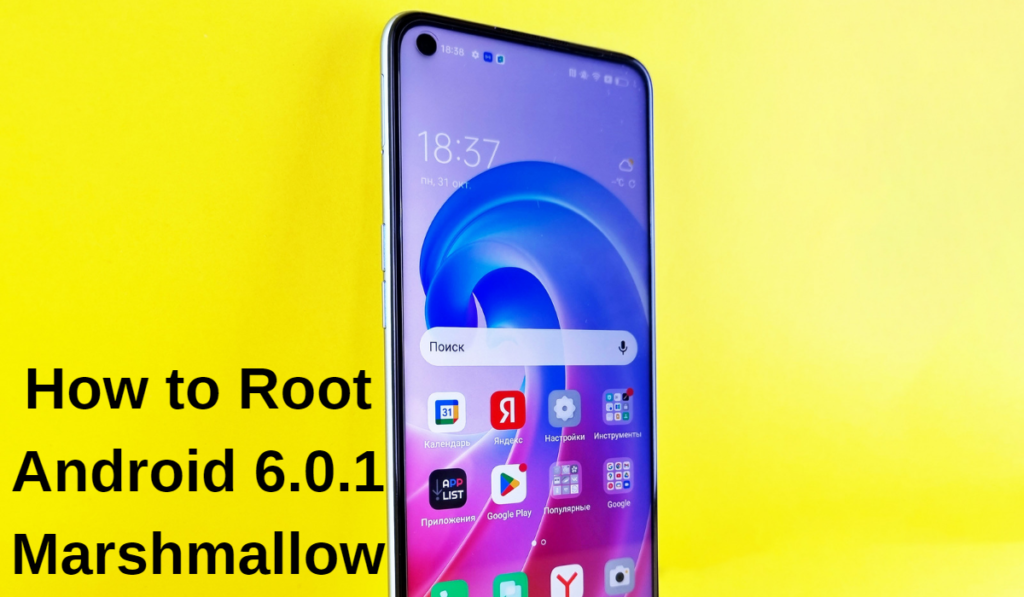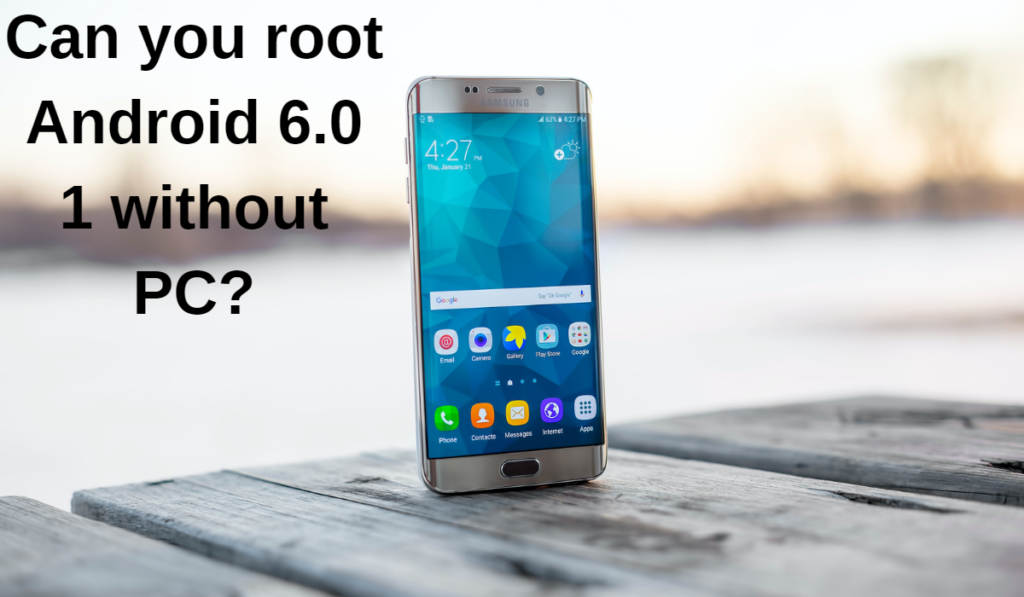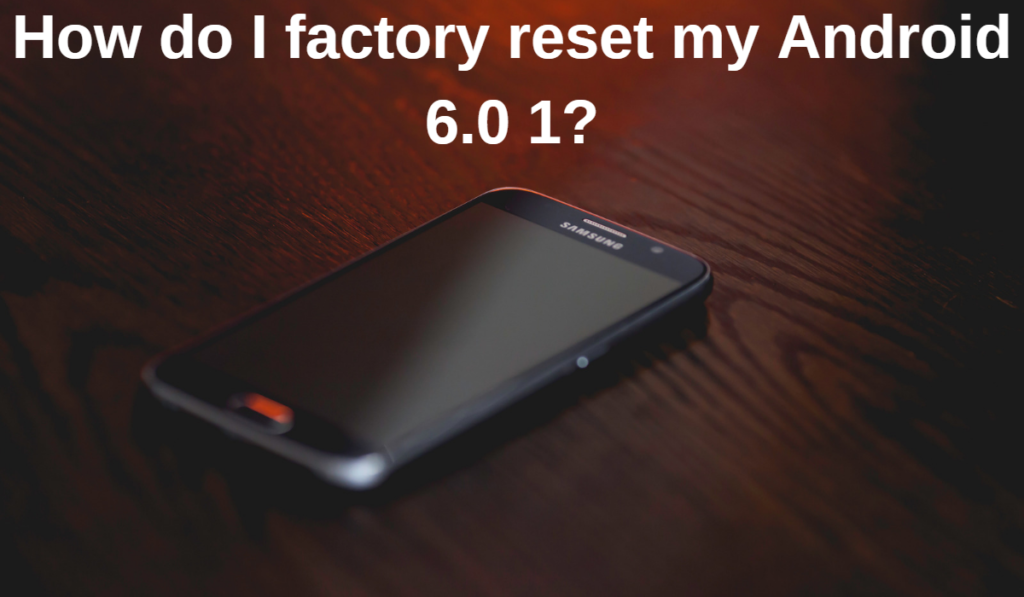
Rooting your Android device running on root marshmallow 6.0.1 gives you the ability to gain superuser access and unlock hidden features, but it also voids the warranty of your device. Here are the steps to root marshmallow 6.0.1:
- Prepare your device: Back up all data and ensure your device is fully charged.
- Enable Developer Options: Go to “Settings” > “About phone” > “Software information” and tap on “Build number” 7 times to enable Developer Options.
- Enable USB Debugging: Go to “Settings” > “Developer Options” and turn on “USB Debugging”.
- Download a rooting tool: There are several tools available online, such as KingRoot, Towelroot, and Magisk, that allow you to root marshmallow 6.0.1.
- Connect your device to your computer: Use a USB cable to connect your device to your computer.
- Run the rooting tool: Follow the instructions provided by the tool to root marshmallow 6.0.1 on your device.
- Verify Root Access: You can use an app such as Root Checker to verify that your device has been successfully rooted.
Rooting can be a risky process and if done improperly, it can cause permanent damage to your device. It’s recommended to proceed with caution and thoroughly research the process before attempting to root marshmallow 6.0.1 on your device.
How to root Android 6.0 without a computer?
Rooting your Android device running on root marshmallow 6.0 without a computer is possible using apps such as KingRoot or Towelroot. Here are the steps to root marshmallow 6.0 without a computer:
- Enable Unknown Sources: Go to “Settings” > “Security” and turn on “Unknown Sources” to allow the installation of apps from outside the Google Play Store.
- Download a rooting app: Search for and download a rooting app, such as KingRoot or Towelroot, from a trusted source.
- Install the rooting app: Open the app and follow the on-screen instructions to install it on your device.
- Launch the rooting app: Once the app is installed, launch it and follow the instructions to root marshmallow 6.0 on your device.
- Wait for the rooting process to complete: The process may take a few minutes to complete. Do not interrupt the process or use your device until it’s finished.
- Verify root access: After the rooting process is complete, you can use an app such as Root Checker to verify that your device has been successfully rooted.
Rooting can be a risky process and if done improperly, it can cause permanent damage to your device. It’s recommended to proceed with caution and thoroughly research the rooting app before attempting to root marshmallow 6.0 without a computer.
Can you root Android 6.0 1 without PC?

You can root marshmallow 6.0.1 without a computer using a rooting app such as KingRoot or Towelroot. Here are the steps to root marshmallow 6.0.1 without a PC:
- Enable Unknown Sources: Go to “Settings” > “Security” and turn on “Unknown Sources” to allow the installation of apps from outside the Google Play Store.
- Download a rooting app: Search for and download a rooting app, such as KingRoot or Towelroot, from a trusted source.
- Install the rooting app: Open the app and follow the on-screen instructions to install it on your device.
- Launch the rooting app: Once the app is installed, launch it and follow the instructions to root marshmallow 6.0.1 on your device.
- Wait for the rooting process to complete: The process may take a few minutes to complete. Do not interrupt the process or use your device until it’s finished.
- Verify root access: After the rooting process is complete, you can use an app such as Root Checker to verify that your device has been successfully rooted.
Can Android Marshmallow be upgraded?
Android Marshmallow (version 6.0.1) can be upgraded to a newer version of Android. The availability of updates depends on the manufacturer and carrier of the device, as well as its hardware capabilities.
To upgrade Android Marshmallow, one option is to go to the “Settings” app on the device, select “System,” and then “Software update.” If an update is available, the device will download and install it automatically.
Another option to upgrade root marshmallow 6.0.1 is by rooting the device. Rooting is a process that gives users access to the device’s root files, which can allow for the installation of custom ROMs (modified versions of Android). A custom ROM based on a newer version of Android can be installed on the device, effectively upgrading it from root marshmallow 6.0.1 to the newer version of Android. Rooting can void the device’s warranty and may cause instability or security issues if not done correctly.
Can I still use Android 6.0 1?
You can still use Android 6.0.1, also known as “root marshmallow 6.0.1“ It’s worth noting that this version of the Android operating system is no longer supported by Google, which means that you won’t receive security updates or new features. Many newer apps may not be compatible with this older version of Android, which could limit your ability to download and use certain apps.
If you have root access, or “root marshmallow 6.0.1, you may be able to extend the life of your device by installing custom ROMs or using apps that are specifically designed for use on older versions of Android. It’s important to keep in mind that rooting your device can also increase the security risks associated with using an unsupported operating system.
How do I factory reset my Android 6.0.1?

To factory reset an Android 6.0.1 device, also known as “root marshmallow 6.0.1” you will need to follow these steps:
- Go to the “Settings” app on your device.
- Scroll down and tap on “Backup & reset.”
- Tap on “Factory data reset.”
- Read the warning message carefully and tap on “Reset Phone” or “Reset Tablet.”
- Enter your device’s password or PIN, if prompted.
- Wait for the factory reset process to complete, which may take several minutes.
Factory resetting your device will erase all data, settings, and apps, and restore the device to its original state. Be sure to back up any important data or files before performing a factory reset.
If you have “root marshmallow 6.0.1” access, you may be able to perform a factory reset through custom recovery software. It’s important to be cautious when using custom recovery software, as it can cause permanent damage to your device if used incorrectly.
Frequently Ask Questions
Can I root my Android 6.0 1 with Kingroot?
It is possible to root an Android 6.0.1 device using the Kingroot app, also known as “root marshmallow 6.0 1.” Rooting an Android device gives you full administrative privileges, allowing you to modify the operating system and install custom ROMs or apps that require root access.
To root your Android 6.0.1 device using Kingroot, you will need to download the app from the Kingroot website or a trusted third-party app store. Once the app is installed, simply follow the on-screen instructions to begin the rooting process.
Rooting an Android device, including “root marshmallow 6.0.1” can void the warranty and potentially cause security risks. There is a risk of bricking your device, or rendering it permanently inoperable, if the rooting process is not performed correctly.
How to update Android 6.0 1 to 10?
Updating an Android 6.0.1 device, also known as “root marshmallow 6.0.1” to Android 10 can be a complex process, as it involves upgrading the operating system to a newer version. There are several factors that can affect the availability and compatibility of an Android 10 update for your device, including the manufacturer and model of the device, as well as any modifications made to the device through rooting or installing custom ROMs.
If your device is supported and eligible for an Android 10 update, you may be able to perform the update over-the-air (OTA) through the “Settings” app on your device. Simply go to “Settings,” tap on “Software update,” and follow the on-screen instructions to download and install the update.
If your device is not eligible for an OTA update, you may need to install a custom ROM based on Android 10. To do this, you will need to have “root marshmallow 6.0.1” access on your device and be familiar with the process of installing custom ROMs.